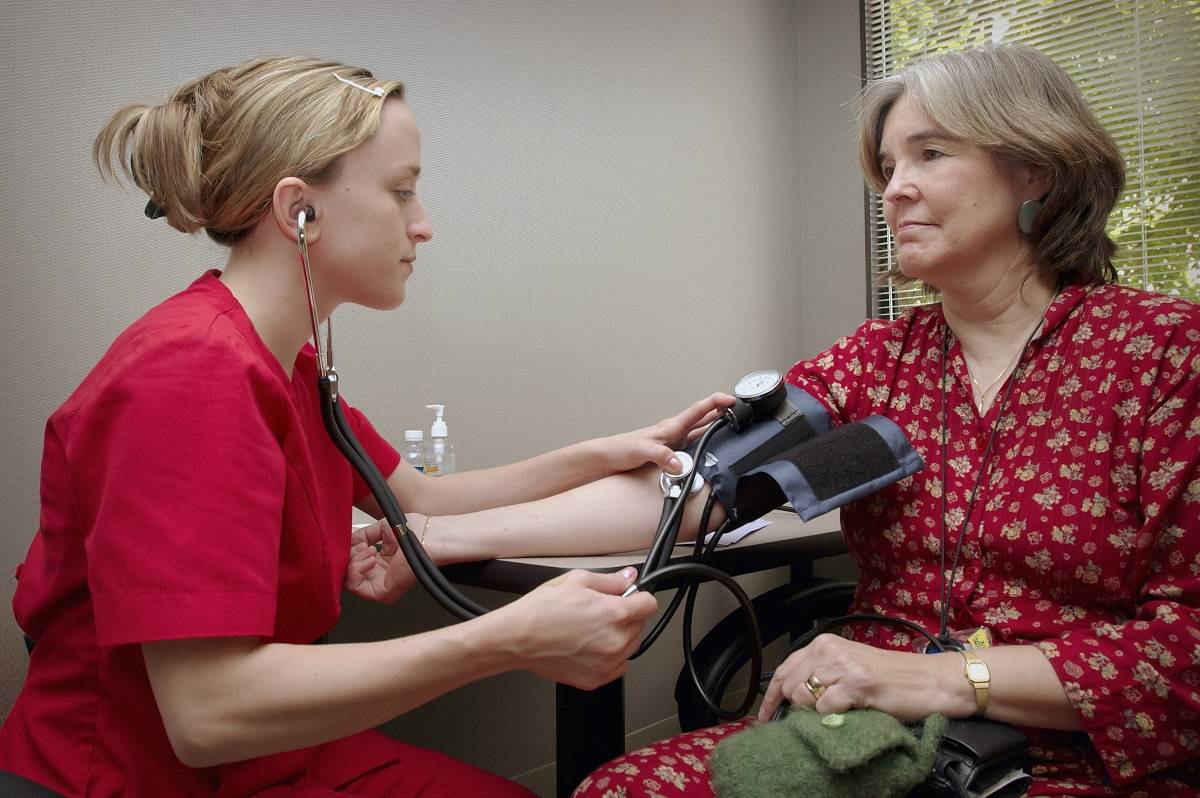Research leader in the Netherlands is Prof. dr. Dr. Lucas Boersma, a cardiologist at St. Antonius Hospital and professor of cardiac arrhythmias at UMC Amsterdam, who also participated in this study. The international study concerns a new procedure for placing the defibrillator. The connection between the defibrillator and the heart is made under the skin and not through the bloodstream.
Since the electrode is placed under the breastbone, a pacemaker function is also possible. The operation is slightly more drastic for the patient, but according to those involved, this certainly outweighs the benefits. The innovative results of the study were presented two months ago at the largest world congress of cardiologists in Barcelona. At the same time there was a publication in it The New England journal of medicine.
Thread between sternum and heart
With the new method, the ICT wire is not in the heart, but is located just above it, between the breastbone and the heart. Normally this “wiring” goes to the heart, which carries risks such as the possibility of infections. The danger of this also increases every year. Also, a short in the wire can occur, whereupon the ICD thinks there is an arrhythmia and can unnecessarily deliver a huge surge of current, sometimes multiple times, to the patient. All those risks mentioned are therefore not present with the new procedure and this is what makes the innovation so spectacular.
The pacemaker function of the defibrillator remains intact
Placing an electrode under the skin near the breastbone has been possible for about ten years. But that earlier method at the pacemaker’s expense works when the heart rate is too low or as an option to stop an arrhythmia (ATP), because this isn’t possible through the chest wall. The innovation in question therefore offers the solution to these problems. The Antonius Hospital website reads: ‘The innovation means that the electrode is placed directly behind the breastbone on the heart through a small 3mm inlet at the pit of the stomach. In this way, cardiac pacing is possible again and both the complications of an electrode in the bloodstream and the loss of pacemaker function outside the thorax are avoided.’
ICT&health congresses 2023
On January 30, 2023, ICT&health kicks off the new healthcare year with the important and influential annual healthcare conference on healthcare transformation.
Also be present? Book your entrance ticket quickly


